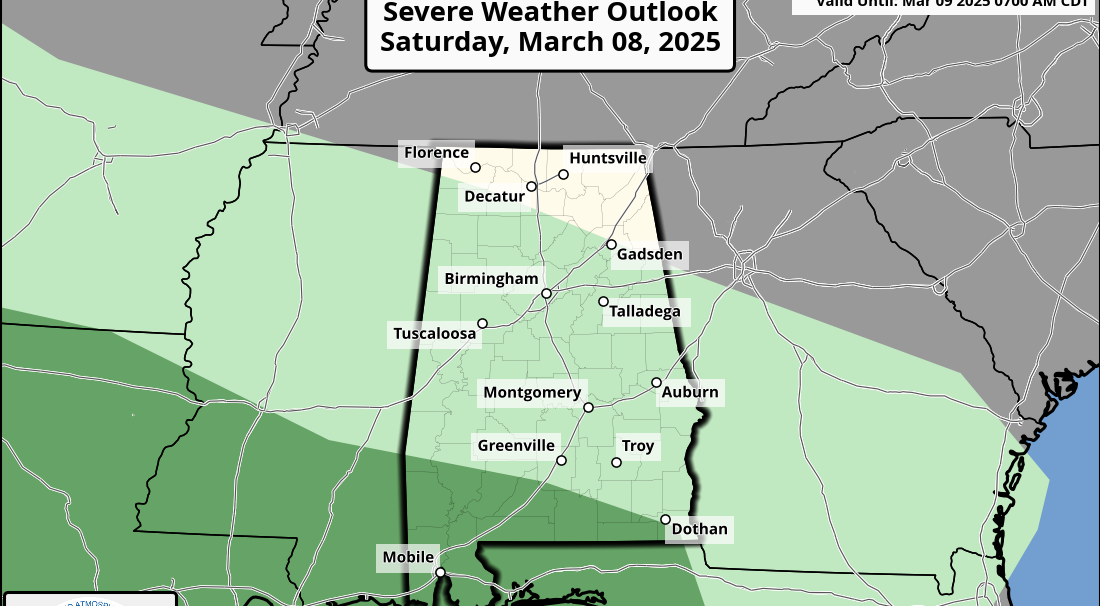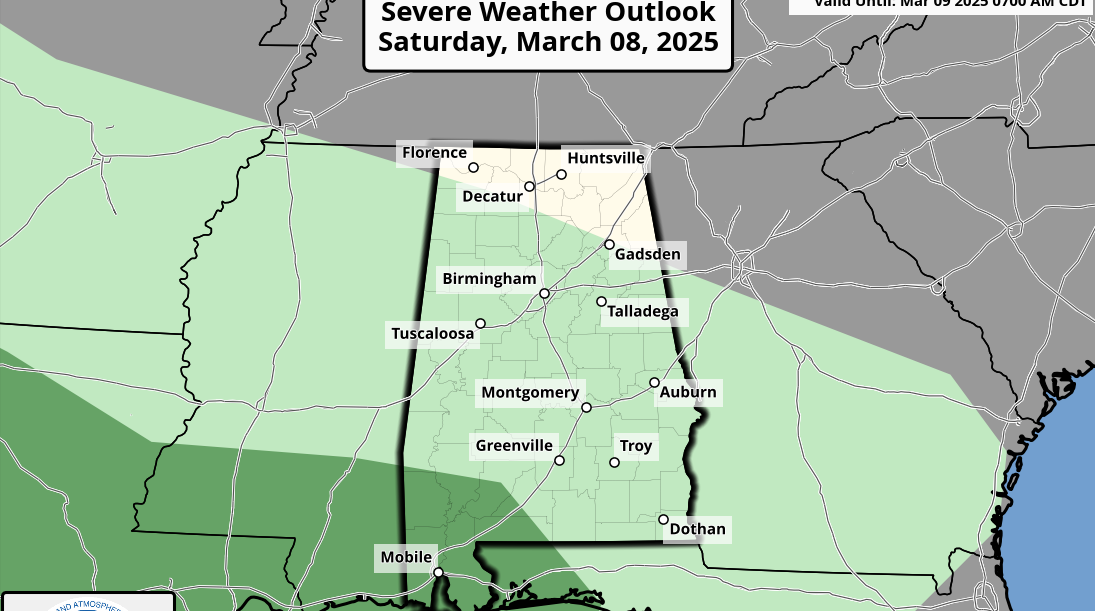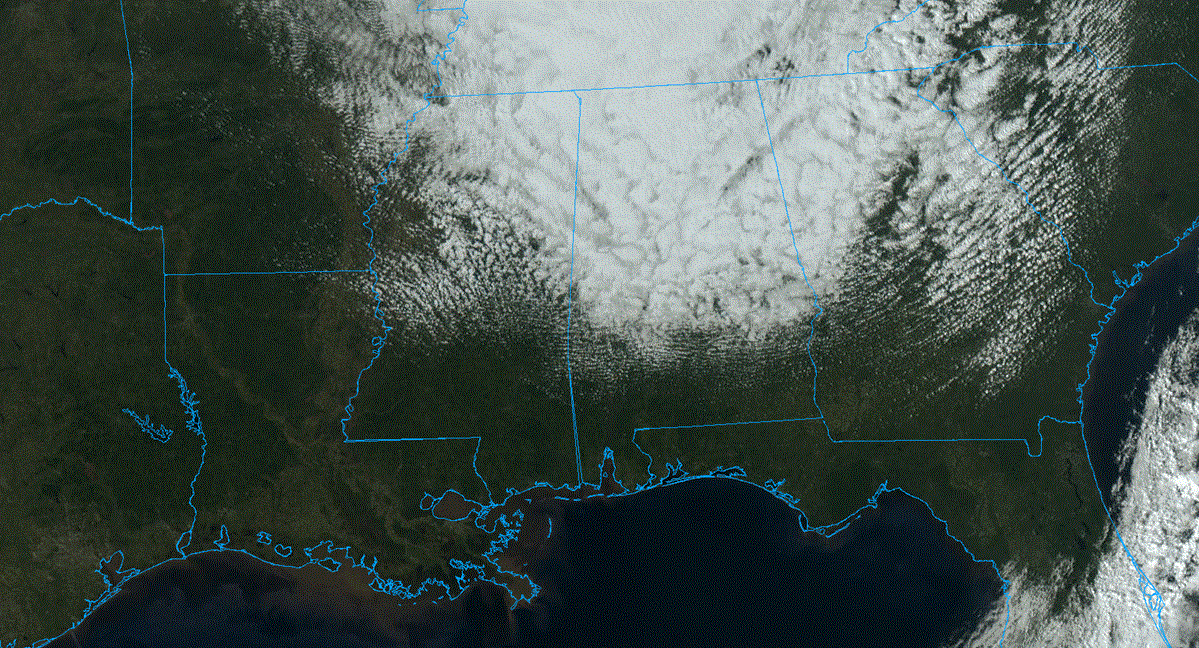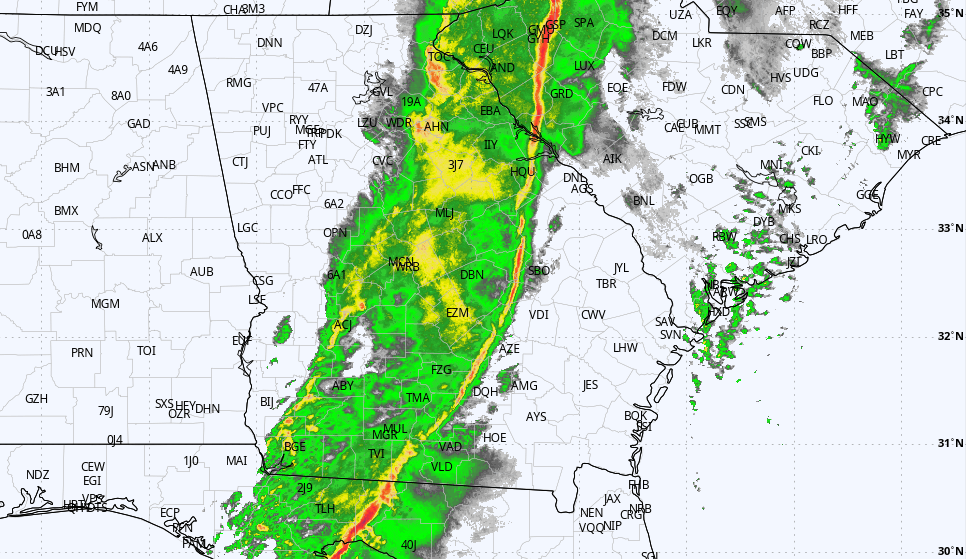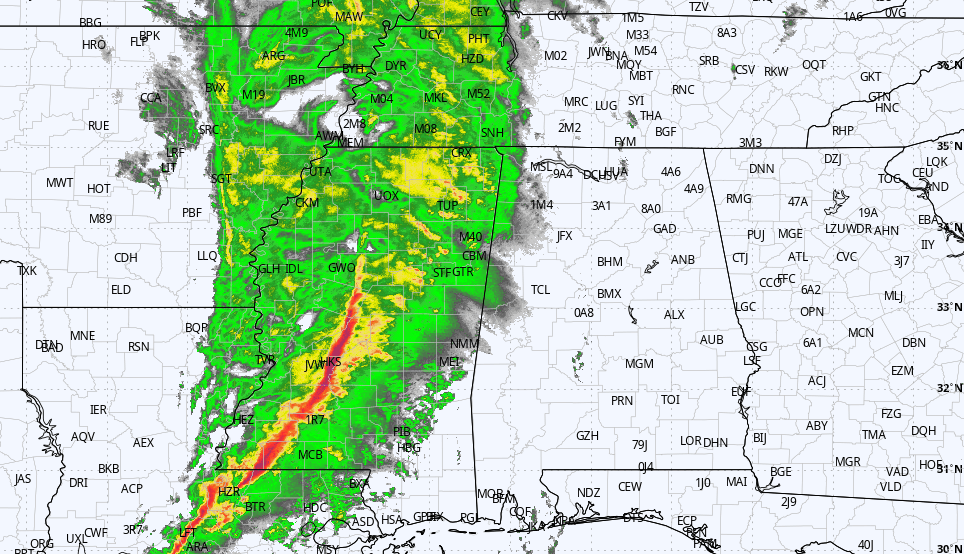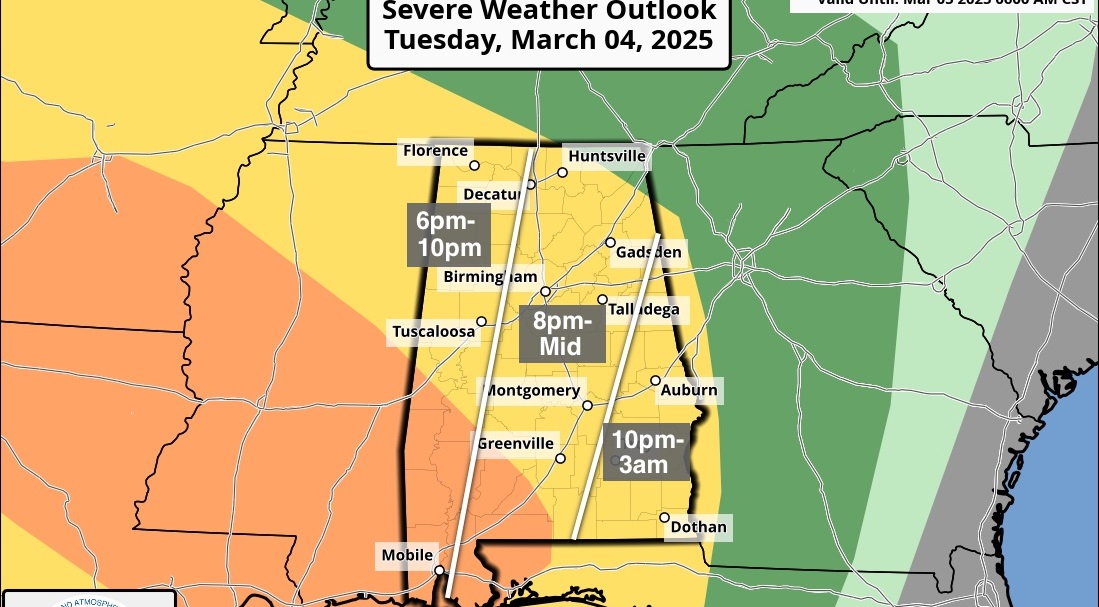Severe Weather Travel Tips

red-cross
During severe weather, it is best to avoid travel if at all possible. However, the American Red Cross offers the following tips for those that must travel in less than ideal conditions:
BEFORE YOU LEAVE:
- Let someone know your destination, your route, and when you expect to arrive. If your car gets stuck along the way, help can be sent along your predetermined route.
- Carry a Disaster Supplies Kit in your trunk. Pack high-protein snacks, water, first aid kit, flashlight, small battery-operated radio, an emergency contact card with names and phone numbers, extra prescription medications, blankets and important documents or information you may need.
- Find out how you would get information in the event of a disaster (local radio systems, emergency alert systems).
- Fill the vehicle’s gas tank and clean the lights and windows to help you see. Don’t let the gas tank get too low during the trip.
- Use your seat belts and give your full attention to the road and avoid distractions such as cell phones.
- Don’t follow other vehicles too closely and use caution in work zones.
DURING THE STORM
- Many states now use flashing signs along the highways to warn drivers about severe weather threats. If you pass one of these signs, tune into a local radio station to listen to weather forecasts for where you are.
- Avoid driving when conditions include sleet, freezing rain or drizzle, snow or dense fog.
